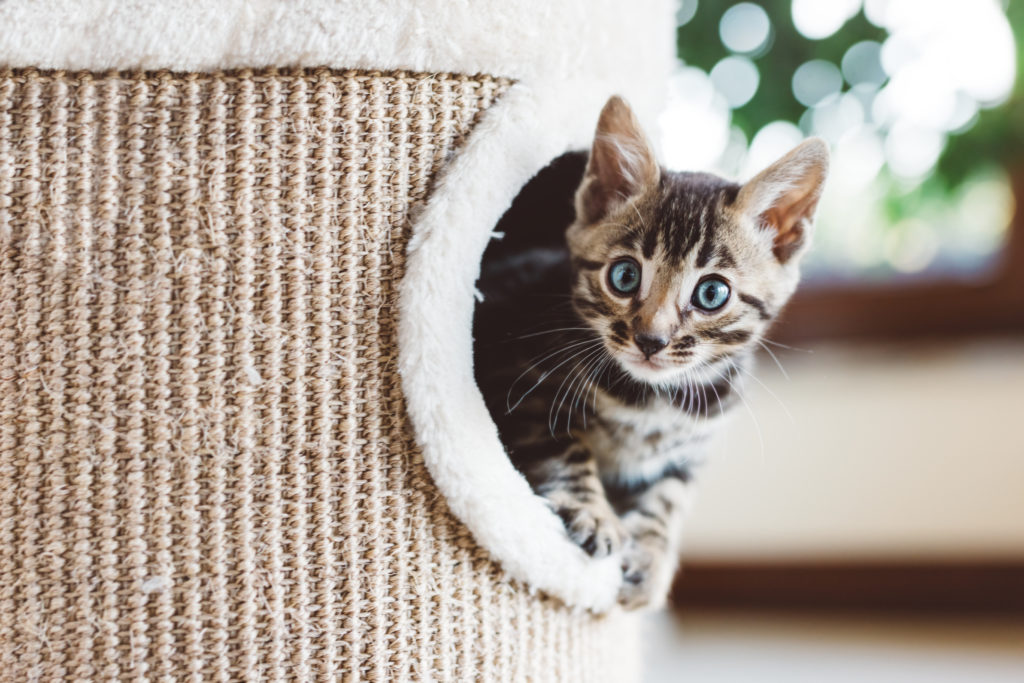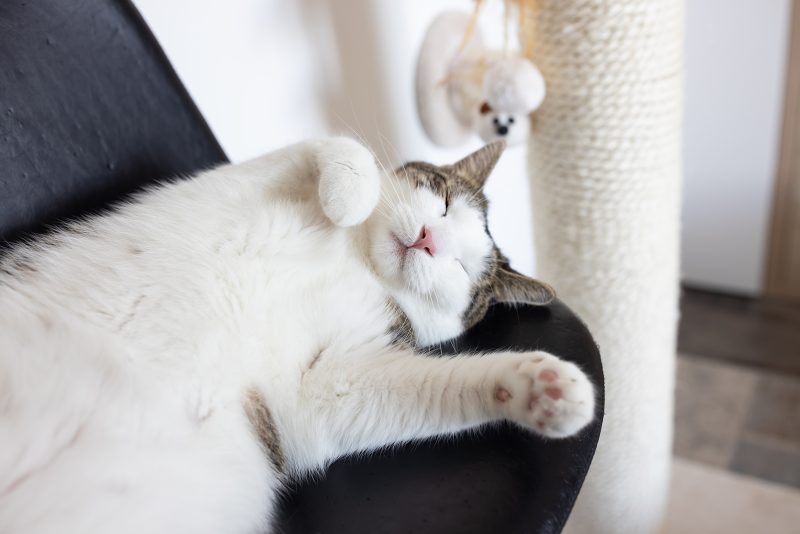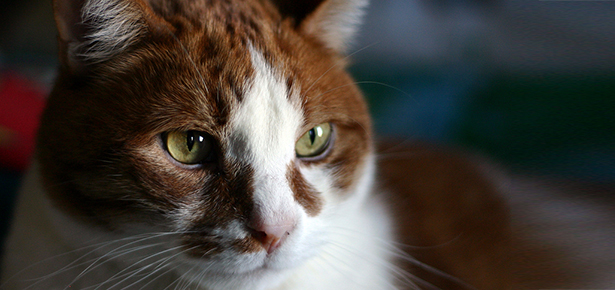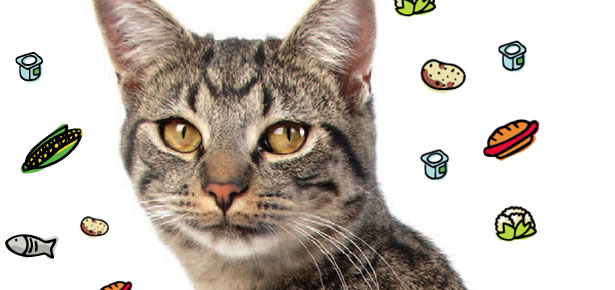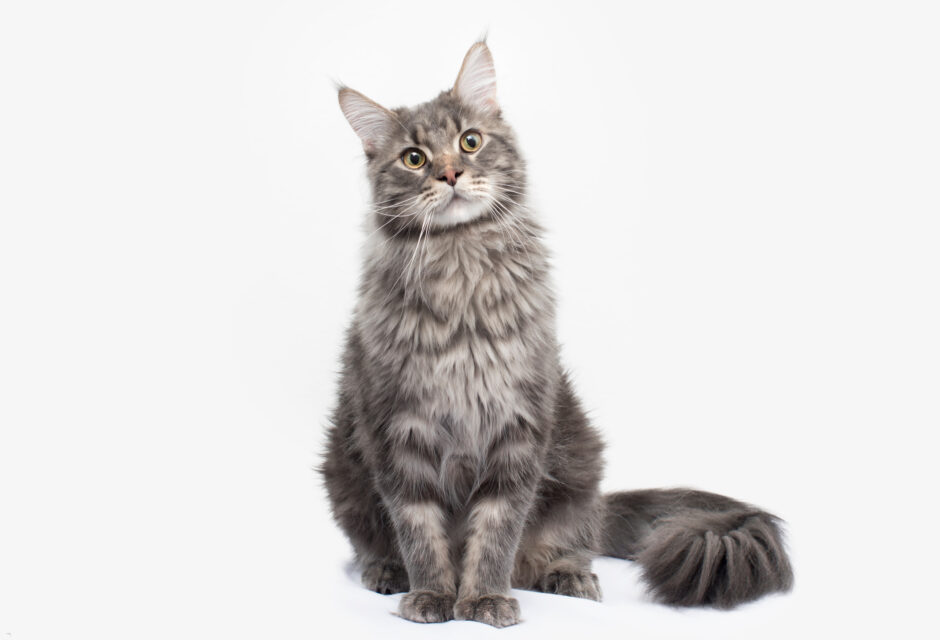
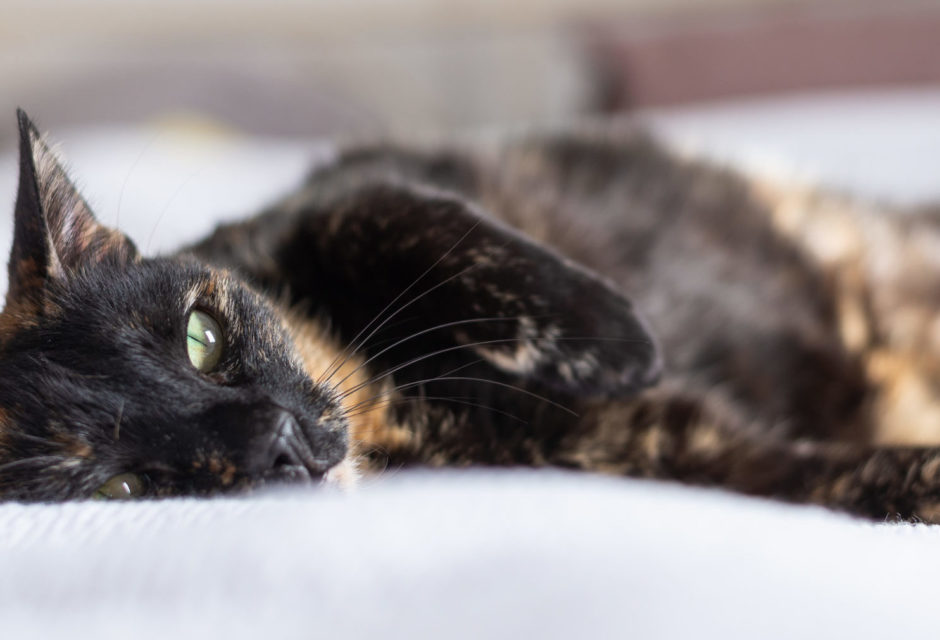
Now You Know How Your Cat Feels
The global pandemic has changed all of our lives. Many of us are “social distancing” by staying home all the time. Some of us have lost our jobs or are unable to work. In the midst of all of this hardship, there is some empathy to be gained.
And, now you know how your cat feels. All. The. Time.
Before the shutdown, your typical day most likely had you leaving home to roam your territory and get through your daily routine. Did you leave early in the morning for the first of your two daily jobs, and return home just to fall into bed? Maybe you would go to your kid’s drop off, grab a coffee at starbucks and then make your way to the grocery store before pick up. Or maybe you traveled to other cities or even other countries on a regular basis. Now, you are staying inside, except when it is “essential.”
How many days of “lock down” did it take before you started getting cabin fever? Going a little stir crazy? If the memes going around social media are true, most of us are having a very hard time coping.
Your cats know, the struggle is real. In their natural state, domestic cats roam their territories too. Some cats’ territories do not extend beyond the garden wall. Other cats roam as much as three miles away from home on a daily basis. Just like the demands on your life dictate your territory, cats’ roaming depends on the demands on their life, like the amount of food available, mating partners, and how safe they feel. For both humans and cats, living in captivity requires some adjustments.
Until mid-March, we not only left the house on a regular basis, but we had a job to go to every day. Then, just like that, our work routines were obliterated. At first, sleeping in and staying up late was a luxury. Soon enough, having no schedule was disorienting and a liability.
In nature, cats work for a living too. Cats spend up to 80% of their waking hours hunting for food. That’s their job. It’s not easy making a living by getting a day’s worth of food when it comes one mouse at a time. A mouse has only 30 calories, so the average cat has to hunt, catch, kill and eat 8-12 mice every day just to stay alive. That’s a lot of work! The prey drive is nature’s caffeine, and it is always stimulating cats to hunt. Bring your cats inside, and give them no way to do the job that they are driven to do with 80% of their waking hours, and you can start to imagine how bored and frustrated they must feel.
When our daily chores are done, it is time to relax. Some of us are exercising, others are reading. Let’s be honest, there’s a lot of “Netflix and Chill” happening. I may be guilty of contributing to the global surge in Netflix traffic which has been so profound that the company has been forced to lower video quality to meet the demands on bandwidth.
While cats are masters at relaxing, they can’t just hop on the Peloton or flip on the remote when they feel the urge to blow off some physical or mental steam. In captivity, cats rely on you to provide them with an outlet to “hunt” for their food, and play “hunt” with toys independently or with you. Without enough of these outlets, your cats become frustrated, anxious, depressed and even sick. Your cats may be aggressive, destructive or even peeing outside of the litter box and vomiting up their food as a result of this stress. A vet needs to check out any physical problems to make sure there is not a medical cause. If your cats get a clean bill of health, look to stress as the cause. The struggle is real.
Are you in lockdown with other people? Even under the best of circumstances, it is getting tiresome. Some of us are cohabitating with someone that we really don’t get along with and it is unbearable. Your cats feel the same way. In fact, cats are not really inclined to make new friends. When cats choose to live together, it is almost always related females and their kittens. Given their territorial nature, and the mice that it takes to keep everyone fed every day, cats rarely let an outsider join their group. This is why it is an excellent idea to adopt littermates together when you are getting a cat. If your cats are living together in harmony, consider yourself lucky, because asking stranger cats to share your house can be a recipe for disaster.
So, now you know how your cats feel. What can you do about it?
Opening the door and letting your cats run free is very risky. Cars, accidents, infectious disease, fights, predators and more make outdoor life very dangerous for cats. Instead, you can make your house a safe indoor paradise for your cat.
Lucky for us, scientists and veterinarians have devoted their whole careers to knowing exactly what that is. Actually, it is pretty simple. Just recreate nature!
Cats need places to climb and hide to feel safe. In nature, cats have many natural predators. Climbing to the highest available perch or tucking away in a secret spot to hide keeps them safe and gives them the best look out. Your condo may not be full of coyotes and hawks, but your cats still have the drive climb to the highest point in the room or nestle into a tight space so that they can relax.
Cat trees and cat beds are the common solution to this problem but they don’t suit every decor. The innovation boom of the last decade was good to cats and the people who love them. Now you can find “cat shelves” and beds that not only meet your cats’ climbing needs, but also suit every interior design style from mid-century modern to farmhouse chic.
If budget is more of a concern than style, you don’t have to spend a dime to give your cats what they need. Put out the call to your neighbors and friends for their empty Amazon boxes, toss in an old towel or blanket and your cat will have the hiding place of their dreams. Cats love cardboard! Hop on Craigslist.com and find an old book case. Make sure it is secure and boom, your cat has a place to climb.
Once you have secured the climb/hide situation, it’s time to feed the need of your furry little housemates to hunt. I know your cats may seem like glorified, chubby stuffed animals, but I promise you there are frustrated, stealthy, fierce hunters inside of each one.
Remember the 30 calorie mouse? That translates to 10-15 pieces of kibble, in many small portions throughout the day and night. Cats are designed to hunt around their territory, find their prey, catch it, play with it and then eat that tiny size meal many times a day, not to eat one or two big meals a day from a stationary bowl. Hunting is nature’s physical and mental exercise. Mealtime is go-time to feed the need to hunt for lots of small meals around their territory. So, stash tiny portions of food in hunting feeders and hide them around the house. It may take a little patience to un-train your cats from a lifetime of boring bowls, but before you can say “quarantine” your cats will be fulfilling their natural instincts and will be happier and more relaxed than ever.
To ease the tension in a multicat household, give your cats lots of space, and don’t expect them to share. You can expand your square footage by thinking vertically. Add as many places to climb and perch as you can in every room where your cats spend time.
Cats don’t share their food either. Cats are designed to hunt and eat each 30 calorie mouse alone. You may not appreciate it, but asking your cats to share a bowl or eat in close proximity to one another is often a great source of tension for housemates. You may have a cat that gobbles up their food and vomits it right back up (scarf and barf) as a way of coping with mealtime stress. Often, cats do not show their stress at the bowl. It is common for cats to experience stress, like at feeding time, and act out later by peeing outside of the litter box, or being aggressive or destructive. This is another example of the need to recreate nature. Tiny meals that your cats need to hunt for and interact with that are hidden in separate locations around your home not only fulfill the hunting instinct, but allow each cat to dine alone.
Now that you have walked a mile in your cats’ furry shoes, I hope that you can bond with them in the shared struggle. There is nothing like living the experience of another to give us perspective. Cuddling with your purring kitty has been scientifically proven to decrease human stress. So, return the favor and give your cat what science has proven to decrease their stress. And, try to find some peace and happiness in this difficult time.

Dr. Bales’ favorite quote reflects her love and compassion for animals: “When a human dies there is a bridge they must cross to enter into Heaven. At the head of the bridge waits every animal that human encountered during their lifetime. The animals, based on what they know of this person, decide which humans may cross the bridge…and which are turned away.” With this in mind, Dr. Bales tries to live every day by her grandfather’s advice: “These days are precious. Don’t waste them.”
Join the newsletter and never miss out on cat content again!
"*" indicates required fields
By clicking the arrow, you agree to our web Terms of Use and Privacy & Cookie Policy. Easy unsubscribe links are provided in every email.





